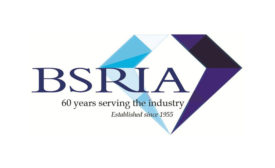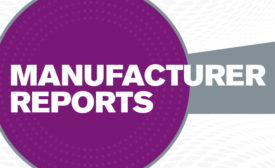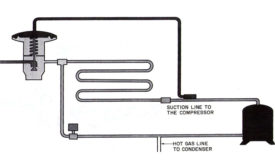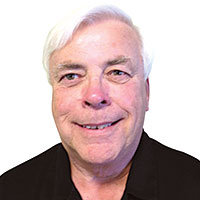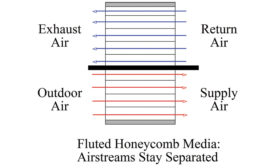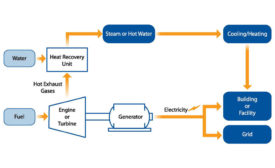HVAC Contracting
To avoid problems, employers need to carefully craft their dress code policies
Read More
BSRIA Launches Free Legionella Guide
The guide is aimed at those looking for basic information about Legionella
November 23, 2015
Intelligent HVAC Platform Promotes Sustainability at Seagram Building
Will reduce energy consumption while providing automated demand response functionality
November 23, 2015
How to Provide the Best-Cost, Not Least-Cost, Option on New and Retrofit ERVs
The wheel potentially makes the difference in performance
Read More
Business Planning and Risk Assessment
There are numerous hazards to your business to consider
November 9, 2015
Europe Debates F-Gas and Policy at Roundtable Event
EPEE event discusses key issues including the energy label, heating and cooling, and F-gas
November 9, 2015
CHP to Provide Hot Water and Air Conditioning for Long Island School District
Cogeneration turns an otherwise lost energy source into efficient heating and cooling
November 9, 2015
The Basics of Combined Heat and Power
An overview of CHP systems and their benefits
October 19, 2015
Copyright ©2025. All Rights Reserved BNP Media.
Design, CMS, Hosting & Web Development :: ePublishing


